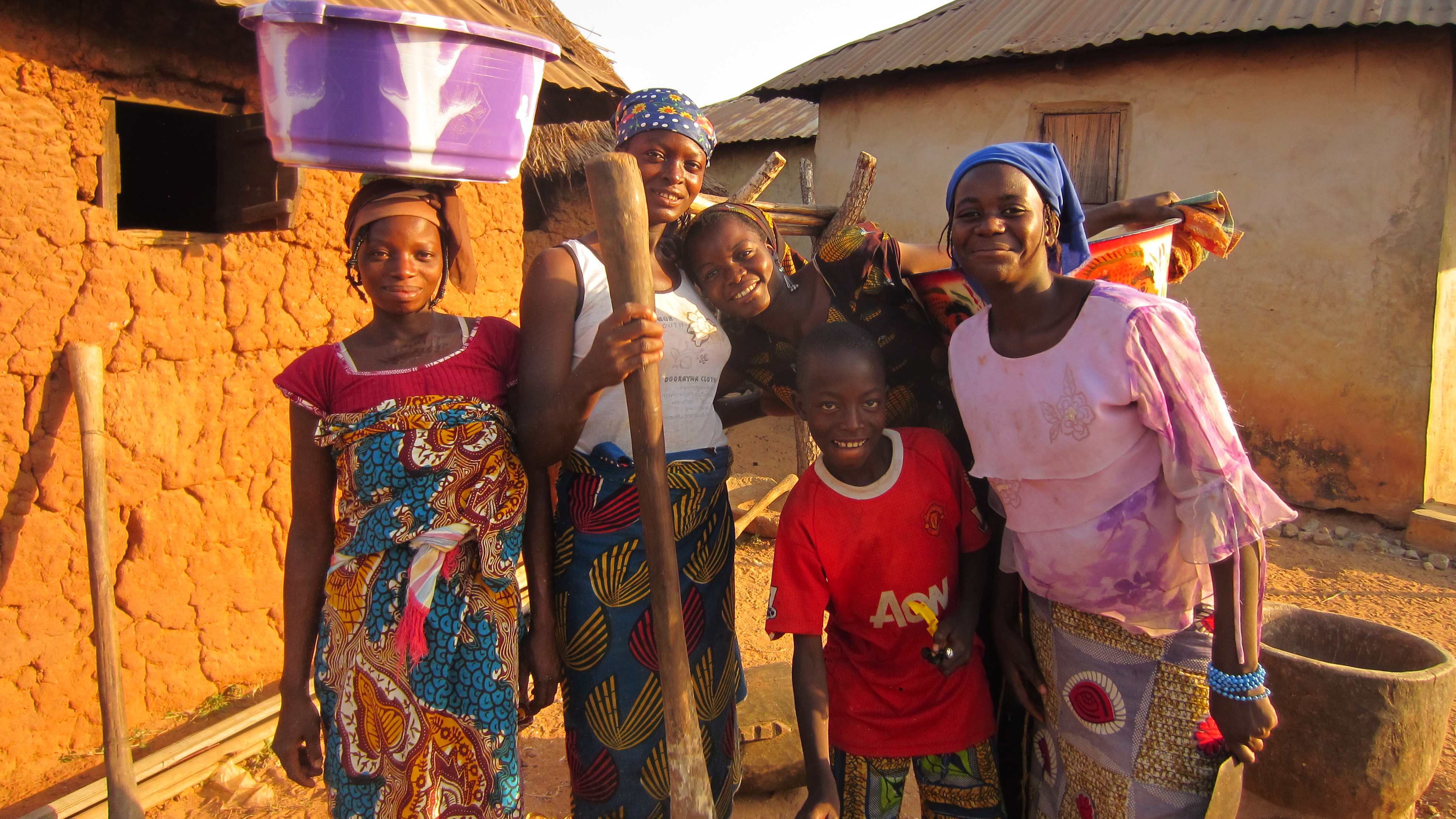
03 May Innovative study could impact the way support programs allocate resources to polygynous households in Africa
An innovative study offers new insights into how partners in monogamous and polygynous households cooperate, which could impact the way social support programs in Africa distribute resources.
There are an increasing number of programs which involve a transfer of either cash or goods to households in low- and middle-income countries with the goal of reducing poverty. The impact of such programs is challenged by a lack of knowledge on how resources are shared within different types of households, given that about 25% of married women in Sub-Saharan Africa are in a polygamous marriage.
As part of the ‘Cooperation in Polygynous Households’ study, an international study team including AIGHD Associate Professor Wendy Janssens, conducted a number of behavioral games in almost two hundred Nigerian households – approximately half of which were polygynous and the other half were monogamous. Their results were published in the American Economic Journal: Applied Economics and featured as Chart of the Week.
To determine the levels of cooperation within both types of households when it came to allocating resources, the researchers examined how much spouses contributed to the common household pot and how much they kept for themselves when given the opportunity to hide part of their budget.
The results showed that husbands and wives in both types of marriage cooperate well with each other. However, whereas monogamous spouses mostly contribute the socially optimal full amount to the common pot, polygynous husbands and wives are less cooperative with one with another, and co-wives are least cooperative with one another.
The study also demonstrated that members in polygynous households are more likely to condition their behavior based on what they think the other person will do. For example, if one wife believes the second wife will not contribute her full budget to the household pot, she may not either.
“The institution of polygamy itself determines how people behave, as we do not find differences between polygynous and monogamous individuals when they interact with other people in their village,” said Associate Professor Janssens.
“The insights have the potential to shift how micro-finance institutions or cash transfer programs, for example, target specific household members because polygynous households function differently and share differently.”
Associate Professor Janssens and her colleagues are working on a follow-up study to investigate how health risks are shared in the two household types, for instance when a child from one of the co-wives becomes sick, and how access to health insurance might change household cooperation.
From a longer-term policy perspective, this study could help shape future enrollment and targeting strategies for programs that allocate goods, services or money to both types of households.
To request a copy of the paper, email Associate Professor Janssens.
Photo credit: Assoc. Prof. Wendy Janssens
